The Ministry of Education and Training has just issued a Circular guiding the functions, tasks and powers of the Department of Education and Training and the Department of Culture and Society (Circular 15). In it, there is content about assigning the right to recruit, transfer, rotate and second teachers to the Department of Education and Training. This can be considered a "unleashing" solution, assigning the right to recruit personnel to the employing unit, completely different from before.
Empowering to solve the problem of teacher shortage
Prof. Dr. Thai Van Thanh, Director of the Nghe An Department of Education and Training, said that when given the authority, the departments of education and training can dispatch teachers from areas with surplus to areas with shortages within the same semester, promptly "patching" the gap. In addition, concentrating recruitment at one point will help standardize the process, making it more transparent and fair.
However, to recruit effectively, there needs to be clear regulations on the content, form, conditions and recruitment standards specifically for teachers. Mr. Thanh proposed to reduce administrative and public service requirements and strengthen the assessment of pedagogical capacity.
According to the Ministry of Education and Training, by the end of the 2024-2025 school year, the country will have nearly 1.28 million teachers from kindergarten to high school, an increase of 21,978 people compared to the previous school year. The Department of Teachers and Educational Managers said that the Ministry of Education and Training has coordinated with the Ministry of Home Affairs to propose adding 10,304 positions to overcome the shortage of teachers, especially in difficult areas. Localities have actively recruited the assigned positions, contributing to overcoming the shortage of quantity and inadequacies in staff structure.
From 2022, the Ministry of Education and Training will coordinate with the Ministry of Home Affairs to report to the Central Government to supplement 65,980 teaching positions for localities.
However, by the end of the first semester of the 2024-2025 school year, the country still had about 60,000 unfilled positions while there was a shortage of more than 120,000 teachers at all levels of public preschool and general education. Thus, the number of recruited teachers was very low compared to the assigned position quota.
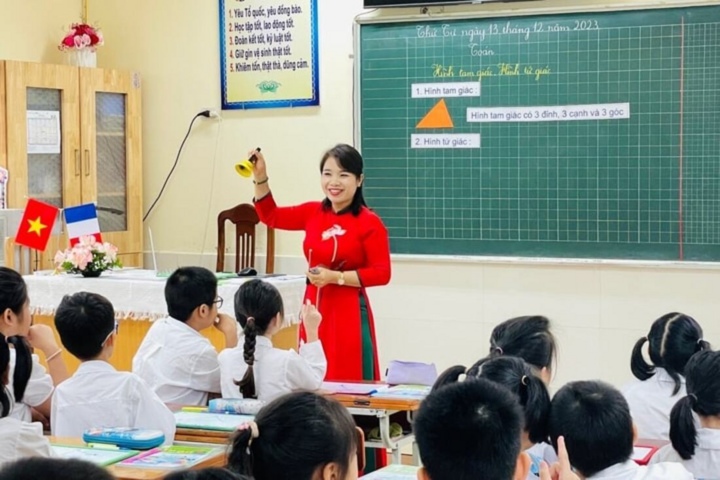
In the new school year 2025-2026, the education sector continues to face a shortage of teachers. (Illustration photo)
According to the Nghe An Department of Education and Training, in recent years, despite local efforts to invest in education, the province is still short of nearly 5,000 teachers for the 2025-2026 school year and the following years.
The shortage of teachers in this locality is mainly due to the requirement to organize two sessions per day at primary and secondary schools, along with the increase in the number of classes at high schools, continuing education and vocational education, leading to great pressure on teacher staffing.
At the training conference on implementing education management according to the two-level local government, recently organized by the Ministry of Education and Training, Mr. Nguyen Van Hieu, Director of the Department of Education and Training of Ho Chi Minh City, said that the lack of teachers is the most common problem that wards and communes are facing in the area, along with difficulties and obstacles in recruitment.
Mr. Hieu affirmed that the industry is stuck with the problem of unclear decentralization in recruitment. If this is not clear, the use, mobilization, and rotation of teachers from one ward/commune to another will be a difficult problem in the near future.
Overlapping regulations, waiting for instructions
Mr. Pham Tuan Anh, Deputy Director of the Department of Teachers and Educational Managers (Ministry of Education and Training), said that in the period from now until the Law on Teachers and its guiding documents take effect, a number of contents have been specifically guided by the Ministry of Education and Training.
The work of recruitment, contract, mobilization, transfer, and inter-school arrangement for teachers, staff, and workers in public educational institutions will be decentralized and authorized by the Provincial People's Committee to agencies and units to implement in accordance with current practical conditions. In particular, the orientation should be assigned to the Department of Education and Training, because in reality, the team of education civil servants at the commune level needs to be improved to meet this task.
Deputy Minister of Education and Training Pham Ngoc Thuong commented that in the coming time, the education sector still has a lot of work to do and especially reminded education managers to study the Ministry's guidance documents on implementing education management according to two-level local government.
Because there is no longer an Education and Training Department, and no longer an inspection and examination department, Mr. Thuong suggested that the commune leaders must do a good job of planning and appointing principals and vice principals. At this time, the leadership capacity of each principal must be even higher. Each principal must be both a civil servant and an organizer of educational tasks at a specific educational institution, ready to act as an advisor to commune-level officials. At that time, we will have a force to ensure, not just one commune-level civil servant.
Mr. Thuong also reminded localities to innovate management thinking and leadership methods. According to regulations, the appointment of principals and vice principals is under the authority of the commune level, so commune leaders must do this job well.
However, in reality, there are some difficulties in implementing a two-level local government. According to the Ministry of Home Affairs, the authority to appoint principals and vice principals of kindergartens, primary schools, and secondary schools (Clause 10, Article 23 of the Law on Organization of Local Government 2025) is stipulated to be decided by the Chairman of the People's Committee at the commune level. However, Decree 142/2025/ND-CP stipulates the responsibility of the Department of Education and Training.
In addition, Clause 4, Article 41 of the Decree only assigns the People's Committee at the commune level to manage personnel and policies for community learning centers, not covering all public educational institutions. This creates conflicts and overlaps in management authority.
The biggest obstacle in teacher recruitment today is the overlap between the Law on Organization of Local Government and Decree 142 of the Government. At the same time, from January 1, 2026, the Law on Teachers officially takes effect, assigning the responsibility of recruiting and using teachers to the Department of Education and Training. Therefore, it is necessary to soon have specific instructions for the period from now until December 31, to avoid gaps affecting teaching and school management.
Source: https://vtcnews.vn/chong-cheo-quy-dinh-ve-bo-nhiem-dieu-dong-giao-vien-ar958620.html





![[Photo] Urgently help people soon have a place to live and stabilize their lives](/_next/image?url=https%3A%2F%2Fvphoto.vietnam.vn%2Fthumb%2F1200x675%2Fvietnam%2Fresource%2FIMAGE%2F2025%2F12%2F09%2F1765248230297_c-jpg.webp&w=3840&q=75)




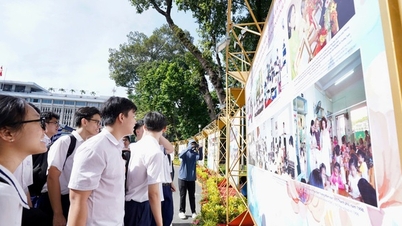












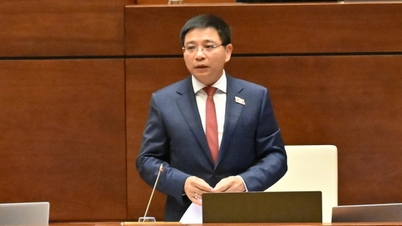



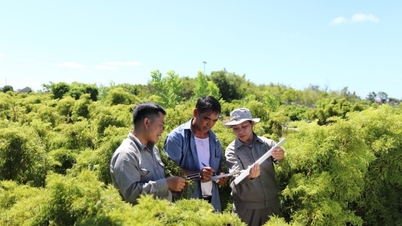






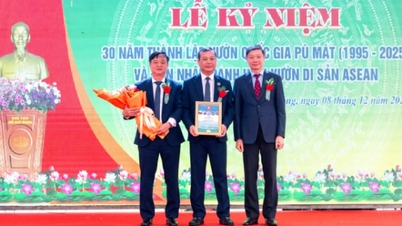



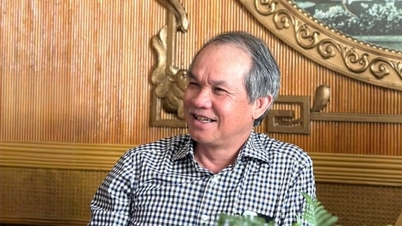


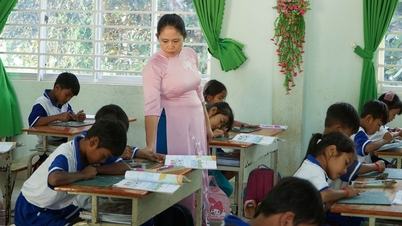

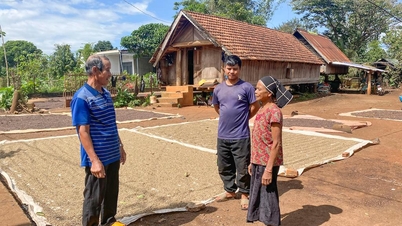







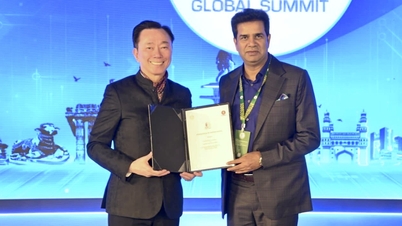



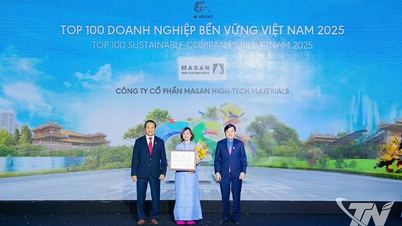


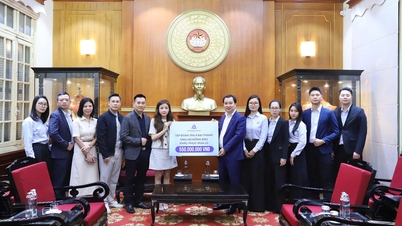


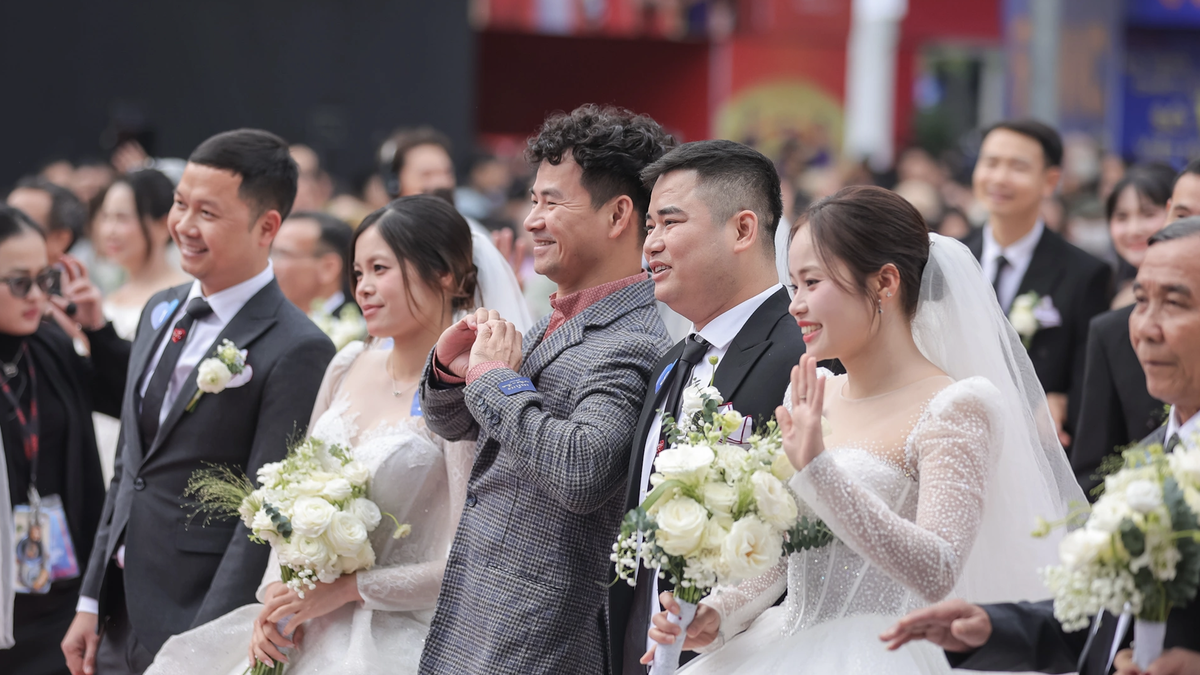




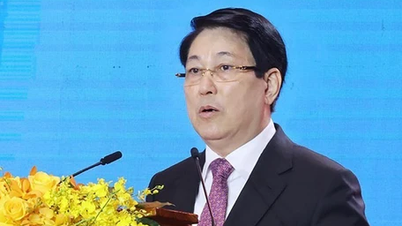


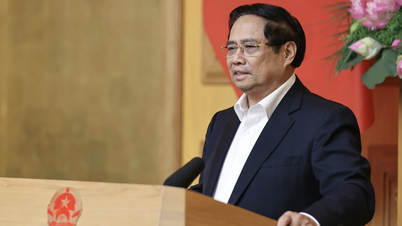


![[Photo] General Secretary To Lam works with the Standing Committees of the 14th Party Congress Subcommittees](https://vphoto.vietnam.vn/thumb/402x226/vietnam/resource/IMAGE/2025/12/09/1765265023554_image.jpeg)




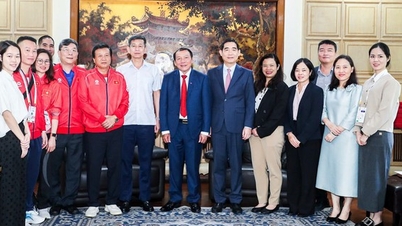


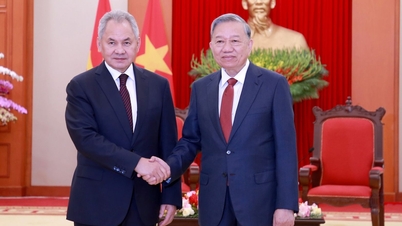







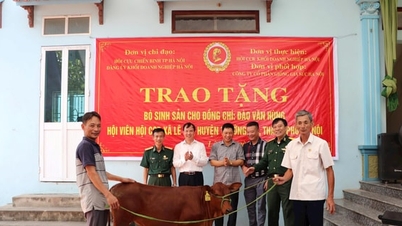


















Comment (0)